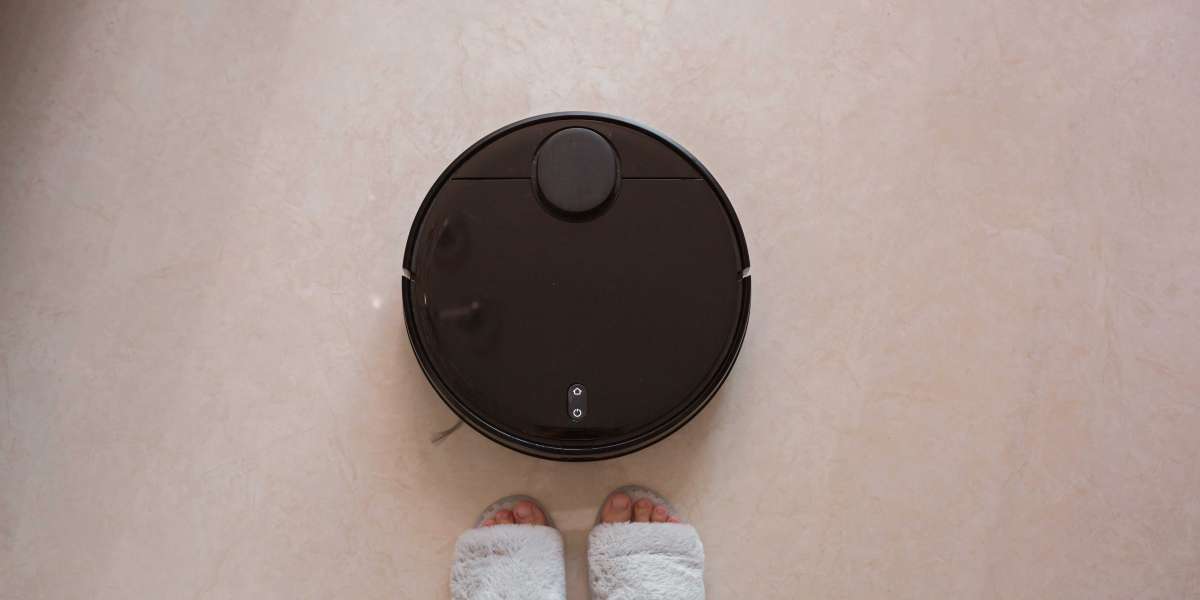Bisphenol A (BPA) is an industrial chemical traditionally used in manufacturing polycarbonate plastics and epoxy resins. These materials have been widely employed in producing containers, water bottles, food storage items, and even medical devices. However, rising health concerns regarding the leaching of BPA into consumables have spurred demand for safer alternatives. This shift has created a burgeoning market for BPA-free plastics, catering to health-conscious consumers and environmentally responsible industries.
The BPA free plastic market is growing rapidly as global awareness increases about the health risks of BPA exposure. Factors such as regulatory bans, consumer preferences, and corporate sustainability initiatives are propelling this market into a new era of innovation and opportunity.
BPA Free Plastic Market CAGR (growth rate) is expected to be around 9.42% during the forecast period (2025 - 2034).
BPA-free plastics are typically manufactured using alternative monomers such as polyethylene (PE), polypropylene (PP), polyethylene terephthalate (PET), polylactic acid (PLA), and Tritan™ copolyesters. These materials offer similar physical properties to traditional BPA-based plastics but with improved safety profiles.
Market Drivers
- Health and Safety Concerns
BPA is an endocrine disruptor, meaning it can interfere with hormone functions. Studies have linked BPA exposure to a variety of health issues, including reproductive disorders, heart disease, diabetes, and developmental problems in children. Public concern over these risks has driven consumers to seek BPA-free products, especially in food containers, baby bottles, and water bottles.
This rising awareness has compelled manufacturers to transition away from BPA-containing plastics and invest in safer alternatives.
- Regulatory Pressure
Government regulations around the world are playing a major role in shaping the BPA-free plastic market. Many countries have banned or restricted BPA usage in food-contact applications. For example:
- The European Union has banned BPA in baby bottles and severely limited its use in food packaging.
- The U.S. Food and Drug Administration (FDA) has prohibited BPA in infant formula packaging and baby bottles.
- Canada was the first country to declare BPA as a toxic substance, banning it in baby-related products.
These regulations create a strong compliance-driven market for BPA-free plastic materials.
- Growing Demand from Packaging Industry
Packaging is one of the largest application areas for BPA-free plastics. Food and beverage companies are increasingly using BPA-free packaging to enhance brand image and meet consumer demand. Clear labeling of "BPA-free" has become a marketing advantage, especially for products targeting children, infants, or health-conscious adults.
The increasing use of BPA-free plastics in canned food linings, bottle caps, jars, and microwavable containers is fueling overall market growth.
- Rise of Sustainable Materials
Many BPA-free plastics are derived from bio-based or recyclable sources, aligning with the broader trend toward environmental sustainability. Materials such as PLA (derived from corn starch) and bioplastics offer dual benefits: they are BPA-free and biodegradable.
This appeal has led companies to invest in developing new plastic formulations that are both health-conscious and environmentally responsible.
- Innovation in Consumer Products
Product innovation in sectors like kitchenware, electronics, sports gear, and medical devices has increased the demand for BPA-free plastics. Modern consumers expect durability, transparency, and aesthetic appeal in addition to safety. BPA-free alternatives such as Tritan™ plastics meet these needs, offering impact resistance, clarity, and chemical stability.
For More Information Request for Sample PDF
Market Challenges
- Higher Production Costs
BPA-free plastics often come at a higher cost compared to traditional BPA-based plastics. Developing alternative materials, modifying production lines, and ensuring regulatory compliance require significant investment. For small- and medium-sized enterprises, these costs can be a barrier to market entry.
However, as production scales and technology matures, these costs are expected to decline over time.
- Limited Performance in Certain Applications
While BPA-free plastics are suitable for many consumer goods, they may not yet match the performance of BPA-based materials in high-temperature or high-stress environments. For instance, some BPA-free alternatives may warp or degrade when exposed to heat, limiting their use in applications like industrial containers or cookware.
Continued RD is required to improve the mechanical and thermal performance of BPA-free materials.
- Consumer Misinformation
Despite widespread awareness, many consumers still lack a clear understanding of BPA and its alternatives. Terms like "BPA-free" can be misleading if not backed by verified certifications. Some substitutes may carry their own health risks, and the lack of consistent labeling standards can confuse buyers.
Building consumer trust through transparency and third-party certification is crucial for long-term growth.
Contact Us:
Market Researcnh Future (Part of WantStats Research and Media Pvt. Ltd.)
Contact Number. +91 2269738890
Email: sales@marketresearchfuture.com










